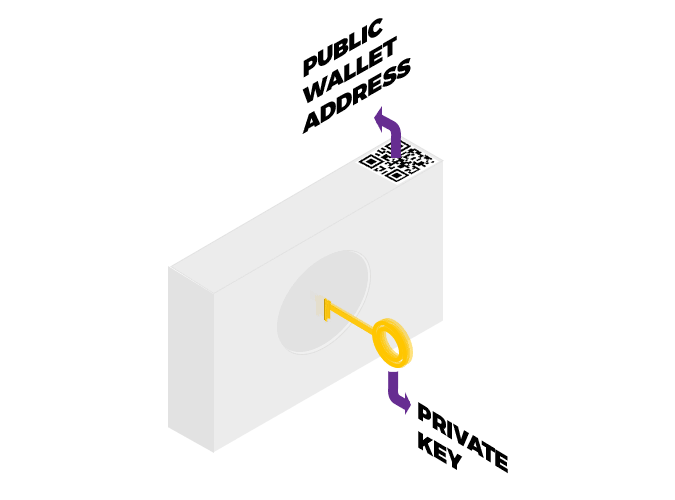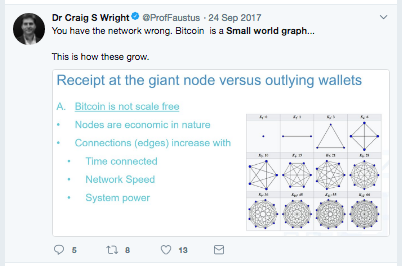Cryptography as the protagonist of blockchain technology, Holochain, and BitLattice
An inherent property of asymmetric cryptography is that it supports billions, trillions, quindecillion, accounts, and blockchain technology is entirely about the use of public-private key cryptography for peer-to-peer transactions, it's within the cryptography that the platform is person-to-person, while the architechture of the state itself is quite centralized, Craig Wright who invented Bitcoin describes it as a small-world graph.
How holochain compares to blockchain technology and that legacy is that it uses asymmetric cryptography but strips away the capacity for those billions of accounts to talk to one another within a single shared state, Gavin Wood's "global singleton", and it does so because Arthur Brock saw the idea of global consensus as "nonsensus", nonsense.
So, technology like mesh networks and similar things are a separate niche. Blockchain technology is peer-to-peer as in that it uses mathematically provable identities based on asymmetric cryptography, and a global state with global consensus where those accounts can all talk to one another, using a new form of legalese, rules encoded in smart contracts.

There is another project out there, that is approaching what the blockchain world has said is the next step, scalability through "sharding" (Buterin, 2014), and it does so by using a new topology for the state, a lattice (multi dimensional lattice), transactions stored in the subtle structure of the lattice itself. The inventor of it says that the use of "proof-of-structure" and mathematical properties of lattices make sharding possible.

To me, it sounds a lot like the third generation of the type of technology that blockchains are, while holochain does not. Have a look at it if you want,
BitLattice as Ethereum 2.0, and how sharding required a new state topology - Steemit
Global state as a medium that has been selected for
The nation-state has been selected for because it allowed connections to be formed across large distances, and in the middle ages, religions acted as similar trust mediums, re-ligare, to bind. The invention of asymmetric cryptography over the past six decades makes it possible to continue that trend, with a new “consensus medium” within which billions of accounts can co-ordinate using legalese.
Gavin Wood who built Ethereum describes his vision as "building state into nature itself", a global all-encompassing medium where "trusting a third party will be as archaic as reckoning on an abacus is today".
Pseudonym parties as an example of the value of global consensus
The idea of pseudonym parties was published by Bryan Ford under MIT in 2007, the year before Craig Wright published the Bitcoin whitepaper, and the two ideas are connected in the sense that pseudonym parties relies on the innovations that came with blockchain technology.
His pseudonym parties was the first personhood that could also be pseudo-anonymous, thereby encompassing all people, giving equal legal recognition to all genders, sexualities and races.
The idea for "online pseudonym parties" builds on Bryan Fords work, and places the pseudonym event in the digital space instead. The dApp will need a post-blockchain system like BitLattice, which is currently in internal test net with a public test net probably in a few months.


excellent post ..loving to your blog.thanks for sharing..
Informative content...Cryptography is needed for our security system. We can use cryptography in various security system.. Thanks @johan-nygren for such kinds of educative and informative content
One of the most beautiful....thanks for sharing..............///////
wow very excellent post Thanks for sharing i will done upvote..
the concept is now proving all over which is great :)